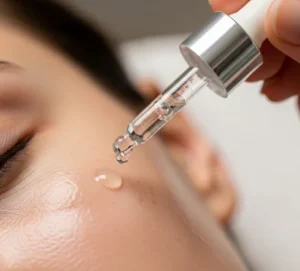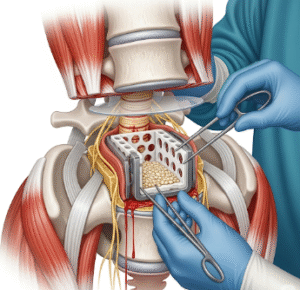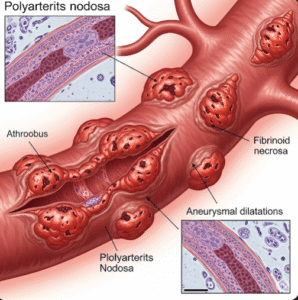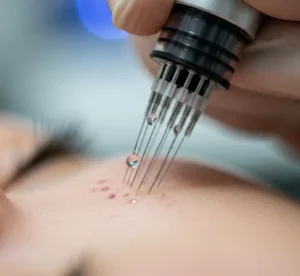Overview
Periocular cellulitis, also known as preseptal cellulitis, is an infection of the eyelid and the surrounding skin located in front of the orbital septum (a thin membrane around the eye socket). It is most common in children but can affect adults as well. Although it typically does not involve the eye itself, prompt treatment is crucial to prevent progression into a more serious condition called orbital cellulitis.
What is Periocular Cellulitis?
Periocular cellulitis is a bacterial infection that causes redness, swelling, and tenderness of the eyelids and adjacent facial tissues. It does not extend behind the orbital septum, meaning the eye’s movement and vision are usually unaffected. The condition is typically caused by bacteria entering through a break in the skin, such as a cut, insect bite, or nearby sinus infection.
Symptoms
The main symptoms of periocular cellulitis include:
- Swelling of the eyelid and surrounding area
- Redness and warmth around the eye
- Tenderness or mild pain
- Eyelid closure due to swelling
- Mild fever (in some cases)
- No loss of vision or eye movement restriction (this helps differentiate from orbital cellulitis)
Causes
Periocular cellulitis is most commonly caused by bacterial infection. The typical causes include:
- Spread of infection from nearby structures like the sinuses
- Skin injuries such as cuts, insect bites, or abrasions
- Recent upper respiratory infections
- Infected stye or chalazion
- Poor hygiene or rubbing of the eyes
The most common bacteria involved are Staphylococcus aureus, Streptococcus pyogenes, and Haemophilus influenzae (especially in children not fully vaccinated).
Risk Factors
Certain factors increase the likelihood of developing periocular cellulitis:
- Children under 5 years of age
- Recent sinusitis or upper respiratory infection
- Skin trauma or insect bites near the eye
- Poor immune function
- Unvaccinated children (especially lacking the Hib vaccine)
Complications
While periocular cellulitis is usually mild, if left untreated it can lead to severe outcomes such as:
- Spread of infection to the orbit (orbital cellulitis)
- Vision impairment or loss
- Abscess formation
- Cavernous sinus thrombosis (a rare but life-threatening condition)
- Meningitis (in extreme cases)
Early diagnosis and appropriate antibiotic treatment are crucial to avoid these complications.
Prevention
Preventive measures for periocular cellulitis include:
- Maintaining proper facial and eye hygiene
- Prompt treatment of sinus infections and upper respiratory illnesses
- Cleaning and protecting skin injuries near the eye
- Avoiding rubbing the eyes with unclean hands
- Ensuring children are up to date with vaccinations, especially Hib
- Treating styes or other minor eye infections promptly
Treatment Options in Korea
South Korea has a well-developed healthcare system with highly advanced infectious disease management, including ophthalmic infections such as periocular cellulitis. Common treatments include:
- Oral Antibiotics: First-line treatment for mild cases, usually using beta-lactam antibiotics (like amoxicillin-clavulanate).
- Intravenous Antibiotics: In moderate or severe cases, or if the patient is very young, IV antibiotics are administered in a hospital setting.
- Hospital Observation: Pediatric cases or any suspected complications may require brief hospitalization for monitoring and faster intervention.
- Imaging Tests: CT or MRI may be used in Korean hospitals to rule out orbital cellulitis if symptoms suggest possible progression.
- Follow-Up Care: Regular follow-ups in ophthalmology clinics to ensure recovery and rule out complications.
Top-tier hospitals in Korea such as Seoul National University Hospital, Severance Hospital, and Asan Medical Center are equipped with pediatric infectious disease specialists and ophthalmologists who coordinate to manage cases of periocular cellulitis with exceptional care and rapid recovery.













